The weather has been a horrible tease this past few weeks. Those of us who live in the desert are anxious for those cool, clear desert mornings and warm afternoons to follow one of the hottest summers on record. We were blessed with a few cool mornings and high temperatures in the 80s and then right back into summer again. Thankfully those 100° days were short-lived and fall is here. I know because my Philippine violet, Barleria cristata, is blooming. The bloom is more to do with shortening days than temperature but the two do go hand in hand.
The Philippine violet is my miracle plant. It was a small seedling from my Austin garden which I potted up in a 4" pot and brought with me. I planted it in the ground 2 years ago tucking it in underneath a Texas Mountain laurel. I thought there it would be spared from the worst of the summer sun and I was right. I wish it had a little more room as it does tend to lean to the east. From one small stem it now has three sturdy branches. every leaf is perfect and a deep shade of green. It does have a drip line to itself so was well watered through the dry summer.
The stapelias are blooming. This one is Stapelia grandifolia with its rather offensive smell of rotting flesh. Did something die out there in the desert? This is another one of my successful transplants from Austin and it has been having one of the best blooming seasons it has ever had with no fewer than 12 blooms over a period of only two weeks. Who can deny the beauty of the bloom and enjoy for at least a couple of days. The plant hails from South Africa and I was surprised to find it belongs to the milkweed family. Several Tucson gardeners have posted that they grow it outdoors allowing it to scramble along the ground. Away from the house would be a good place for it.
This one is Stapelia leendertziae, also from South Africa. The flower never truly opens but is open enough to emit the familiar odor which attracts flies. Although mine are in pots I think that next spring I will try to establish some cuttings outdoors although I feel they might attract something more than flies.
Above is my third carrion flower which is Huernia schneideriana. Also from South Africa and related to the stapelias. It prefers a similar location being able to scramble along the ground and sending out roots wherever it touches the ground. I have it hanging in pots where it does fairly well although eventually reaching a point where the stems can no longer carry the weight and they begin to shrivel.
All these plants are propagated easily and can make a great houseplants...until they bloom.
Some of the aloes are blooming. They are generally the smaller ones grown more for their leaves than flowers.
The flowers are borne on long slender stems and are rather small. Nevertheless hummingbirds find and visit them.
For gardeners in the desert this is the time when nurseries are bursting with all manner of plants to tempt the gardener. To help them get established we will be praying for our second season of rain, winter rains.

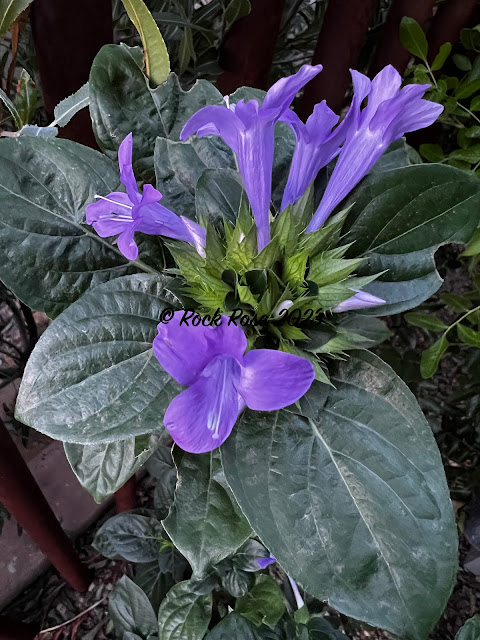


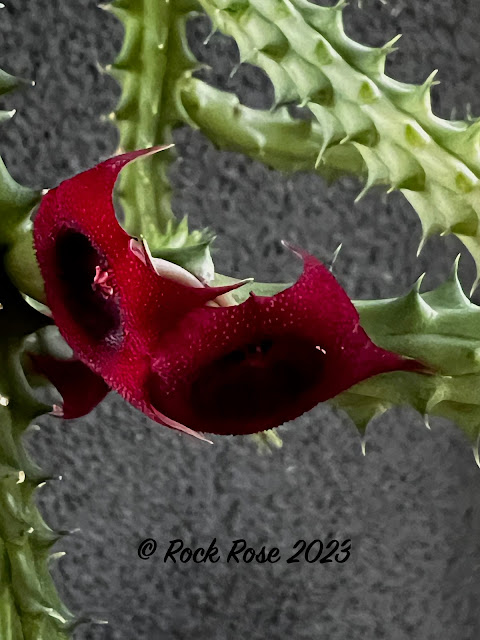



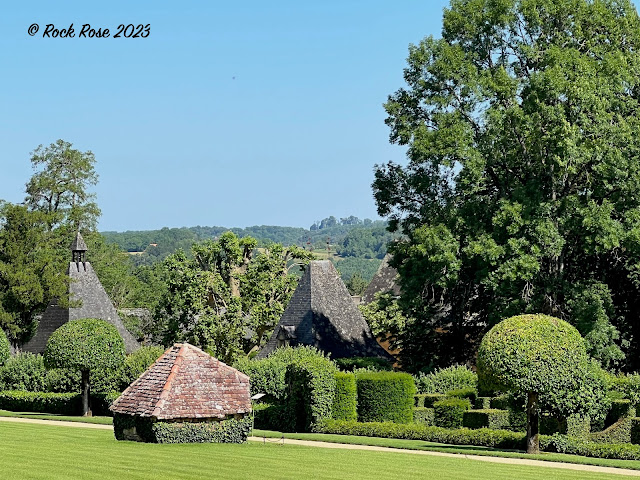


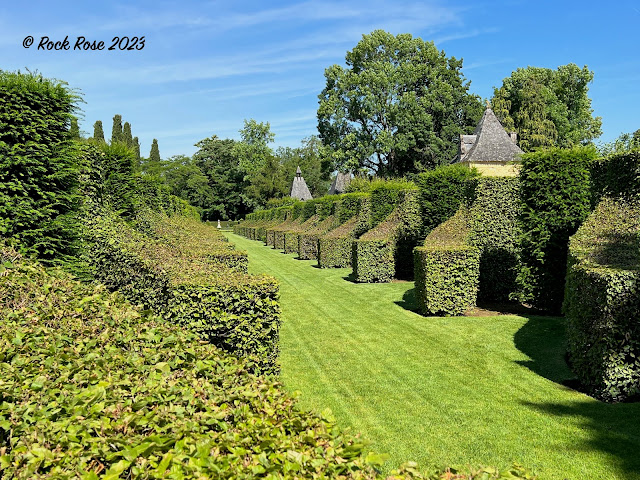
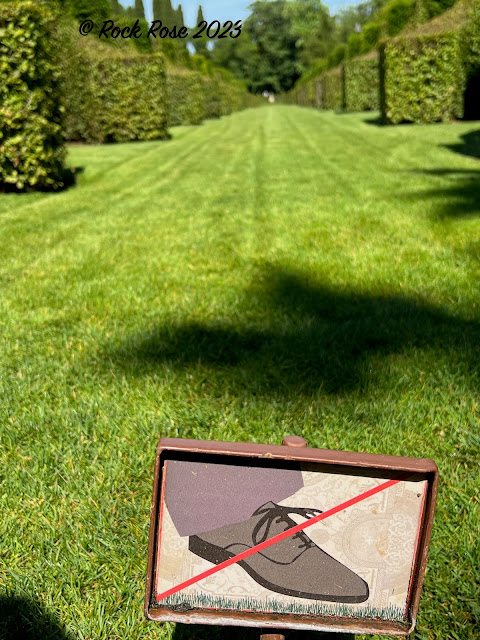


.jpeg)














.jpeg)
.jpeg)
































